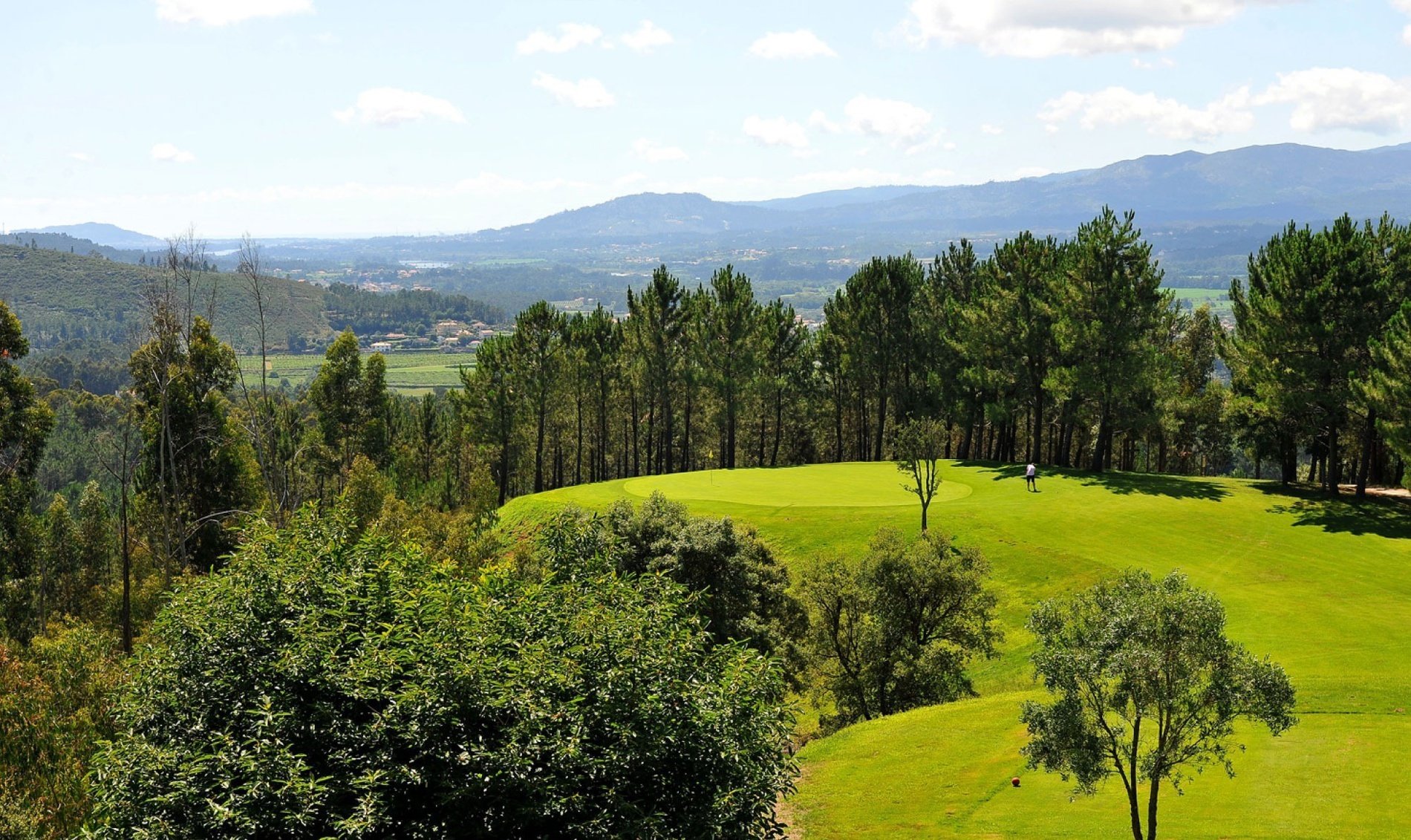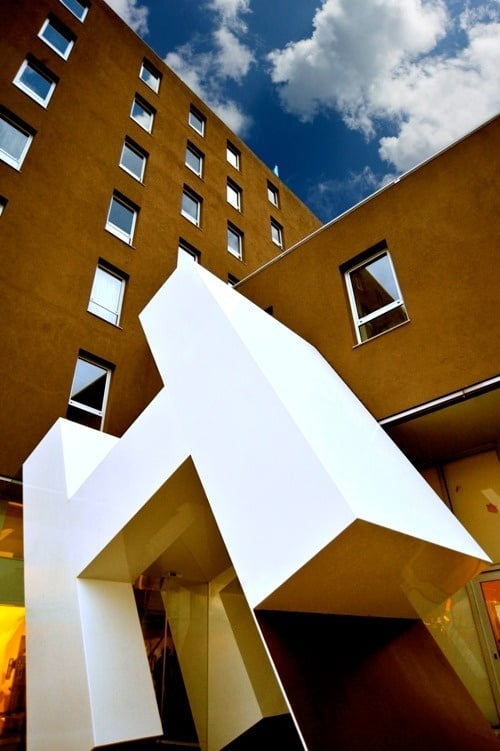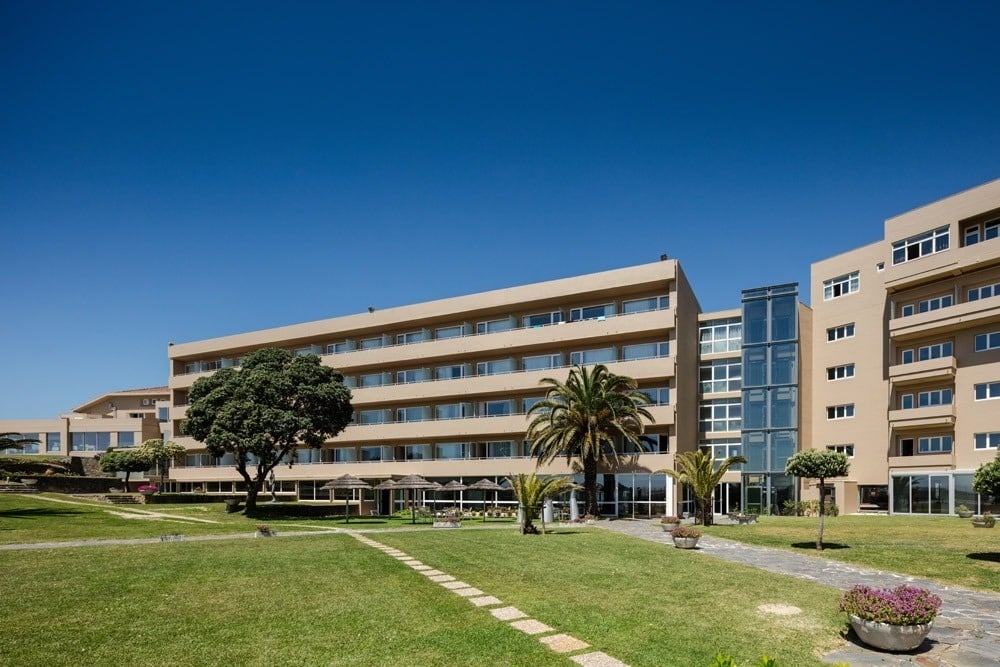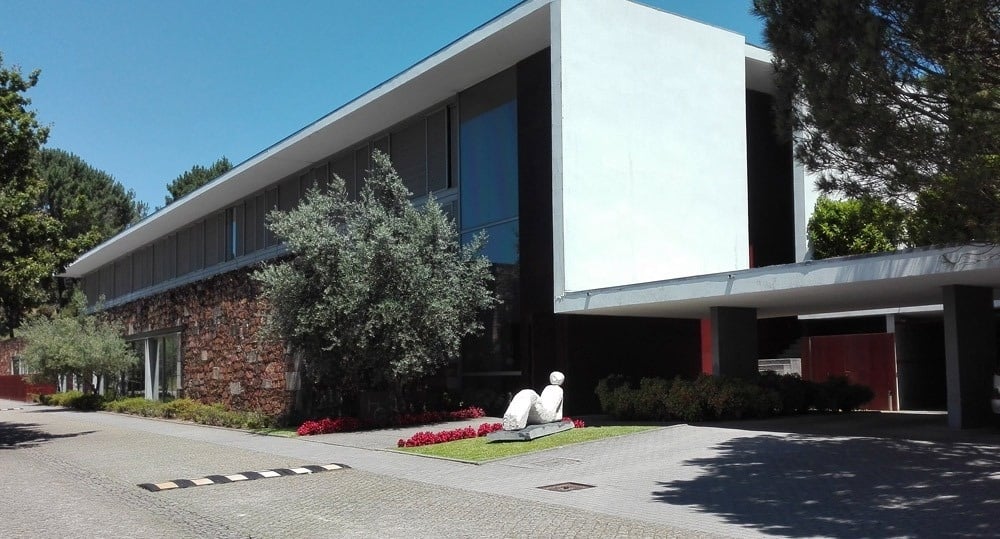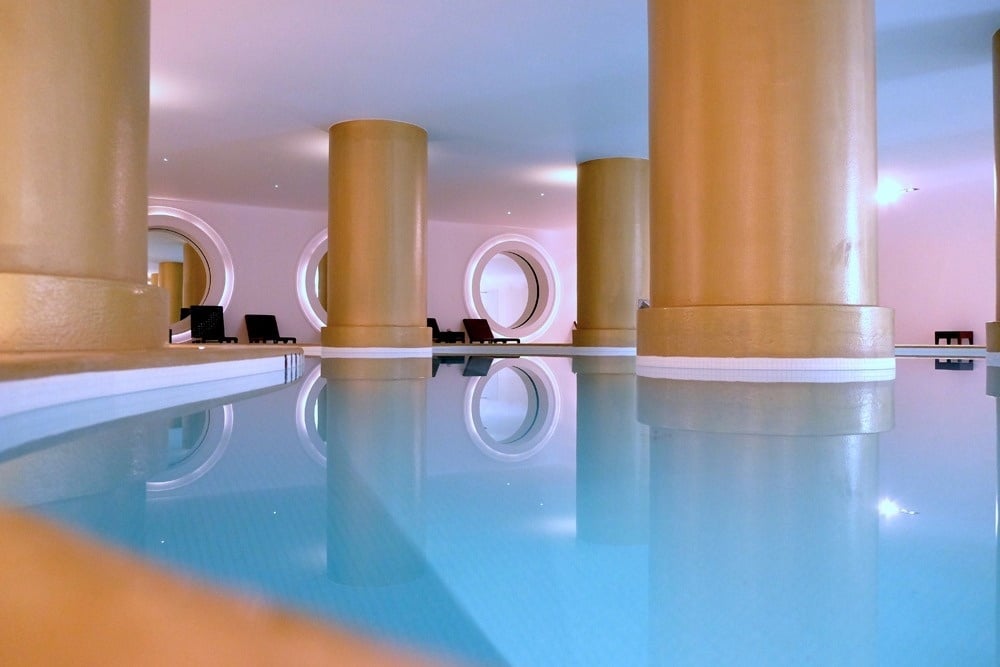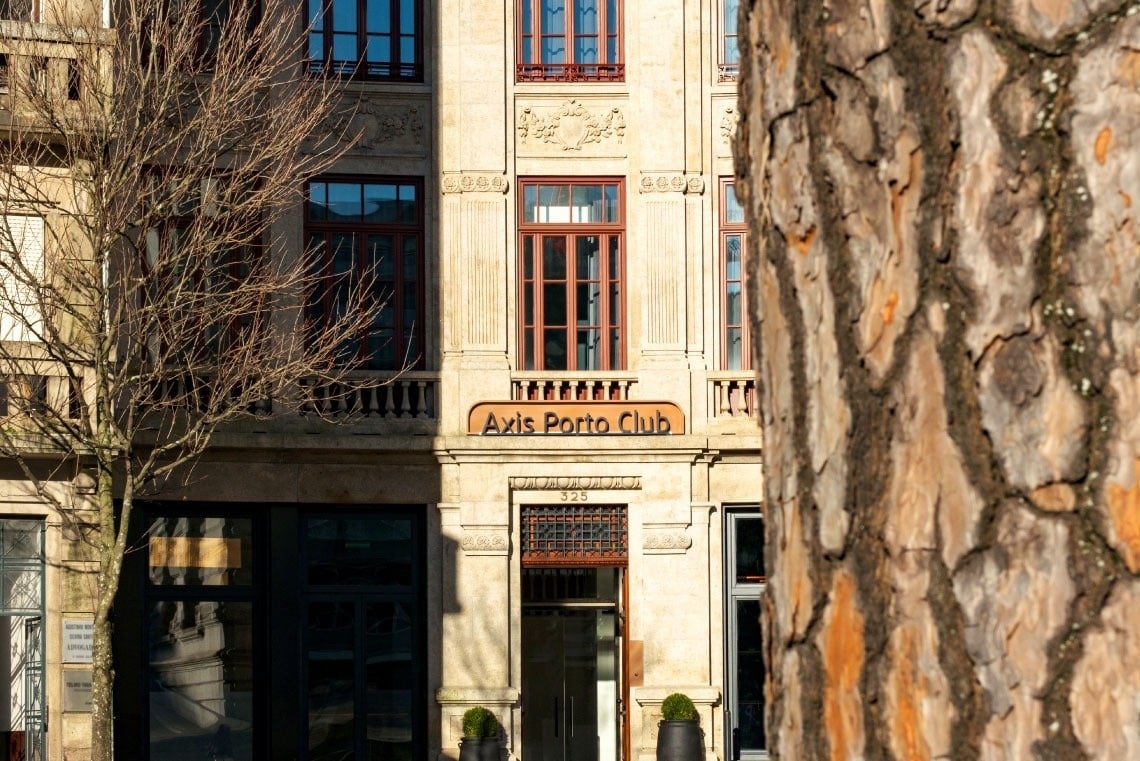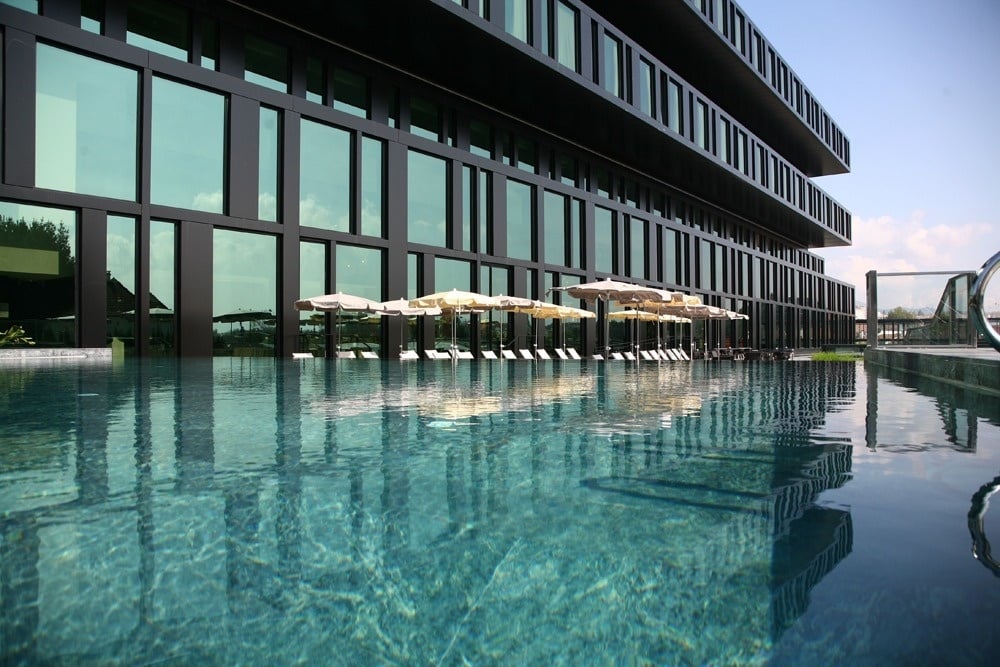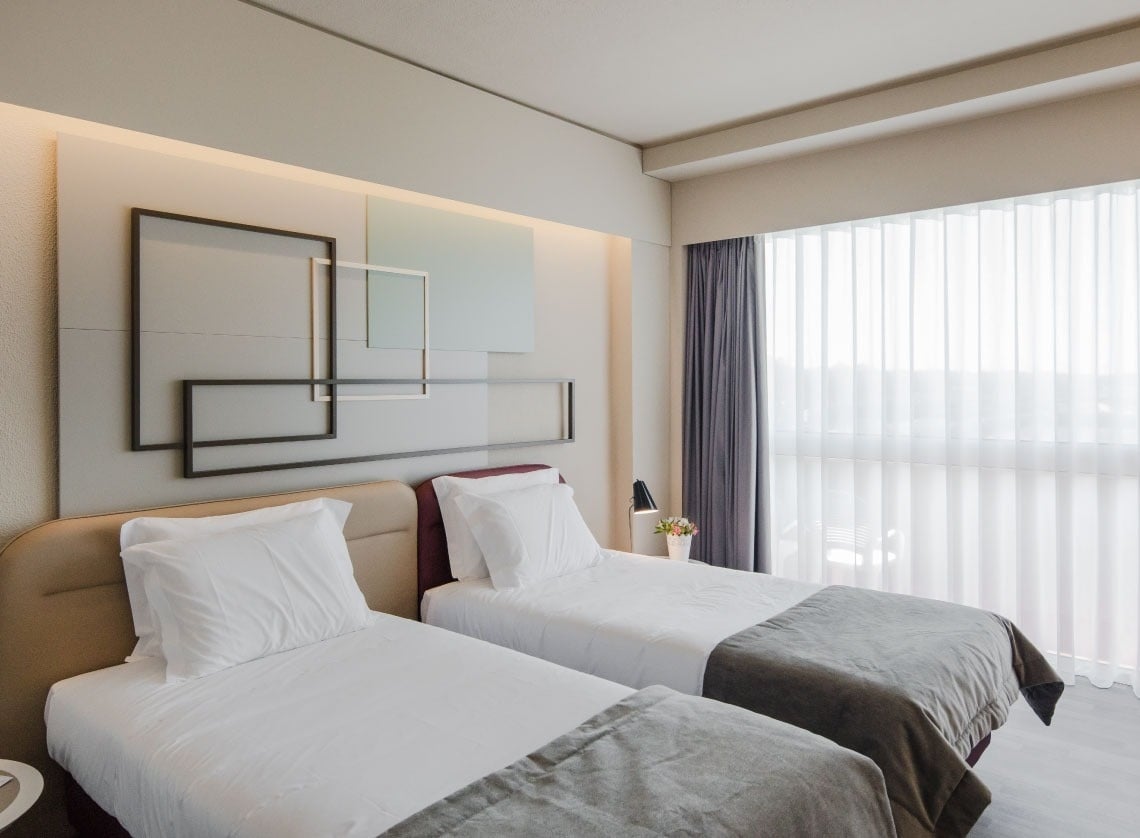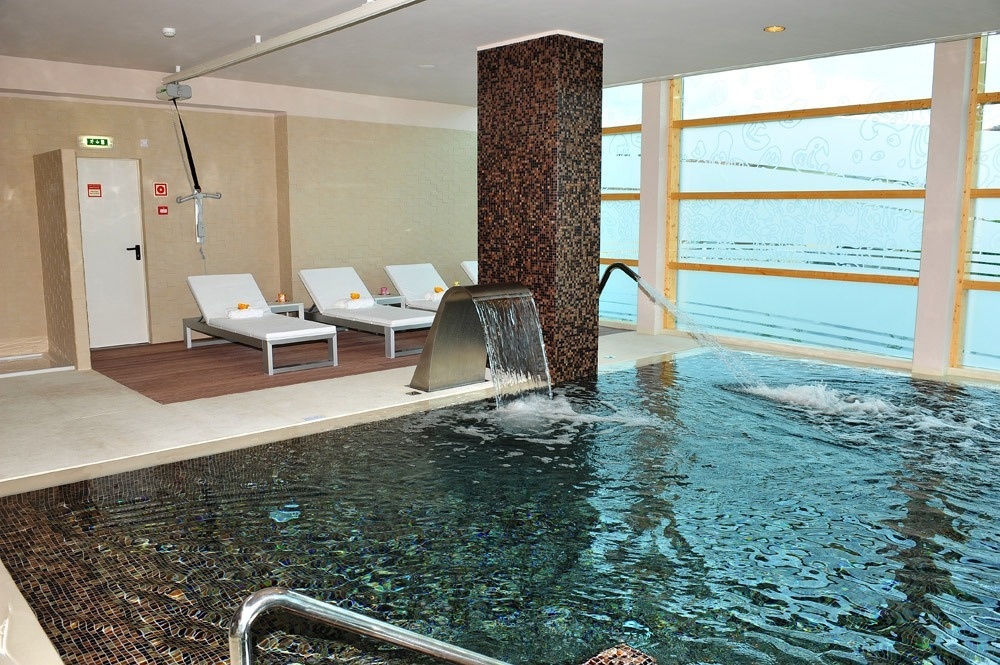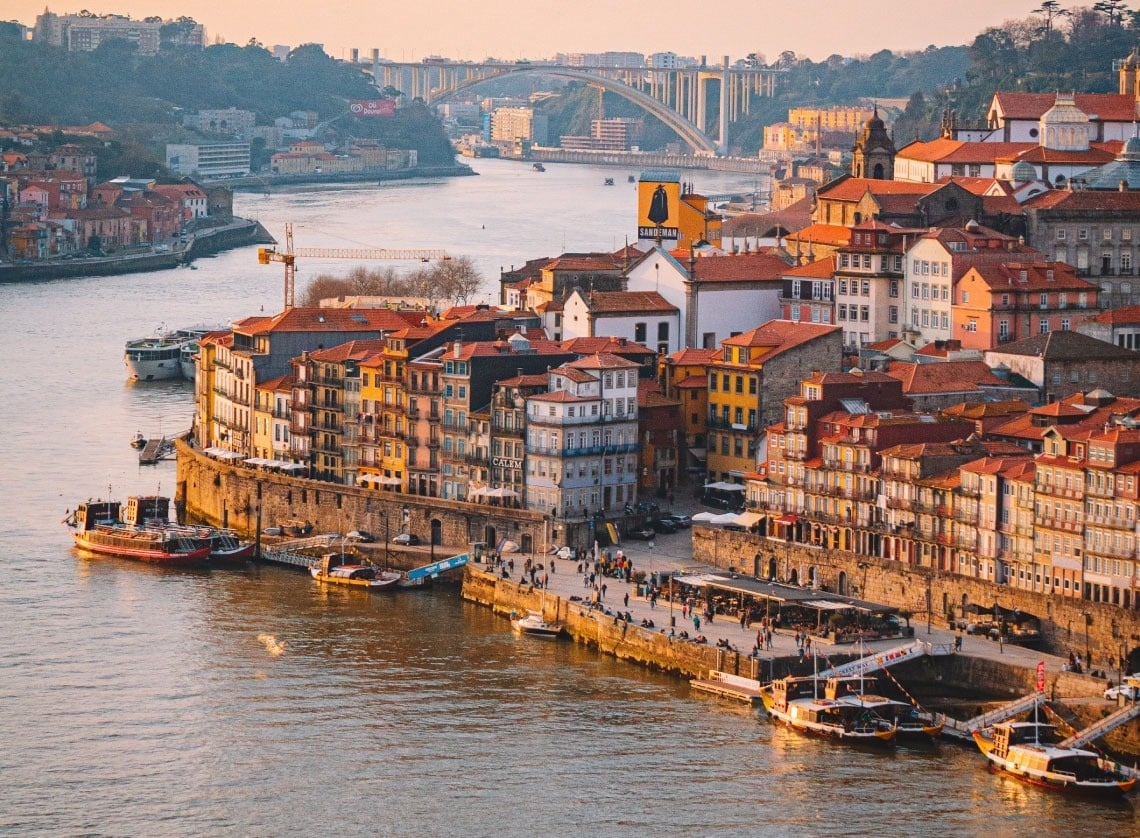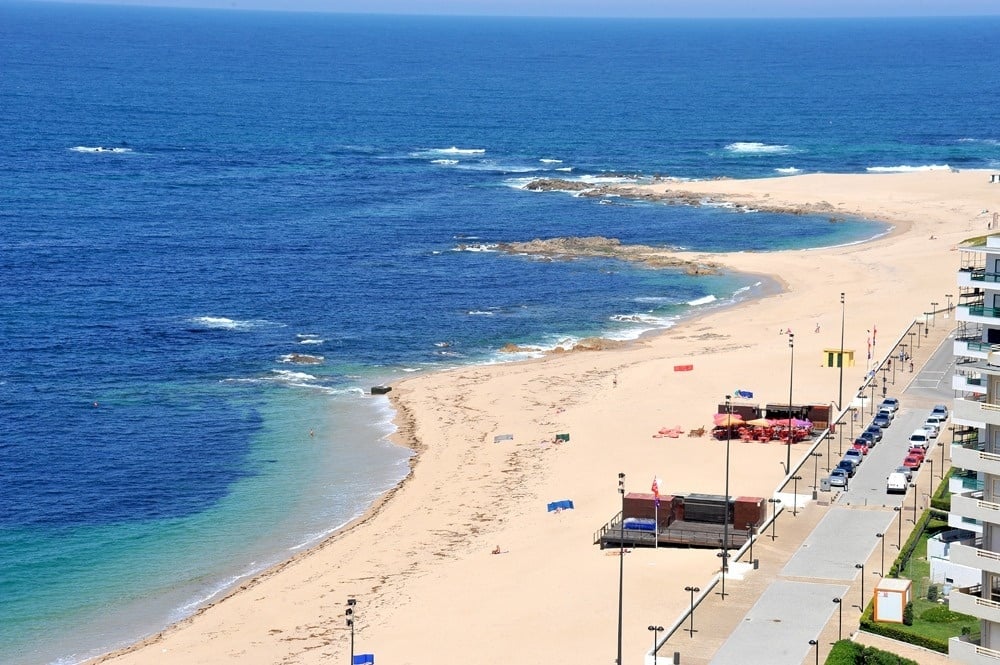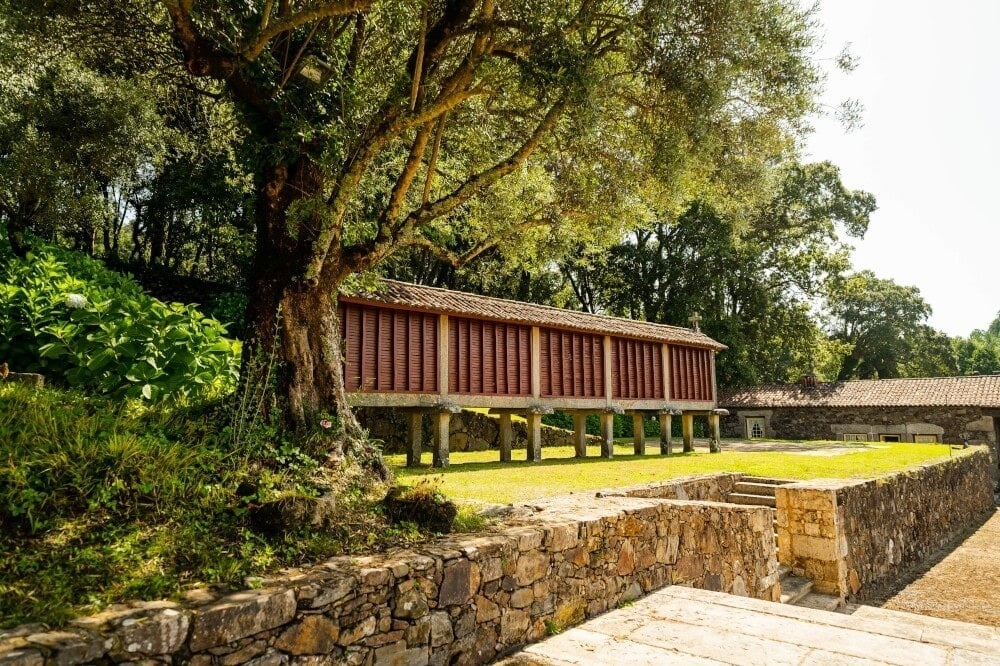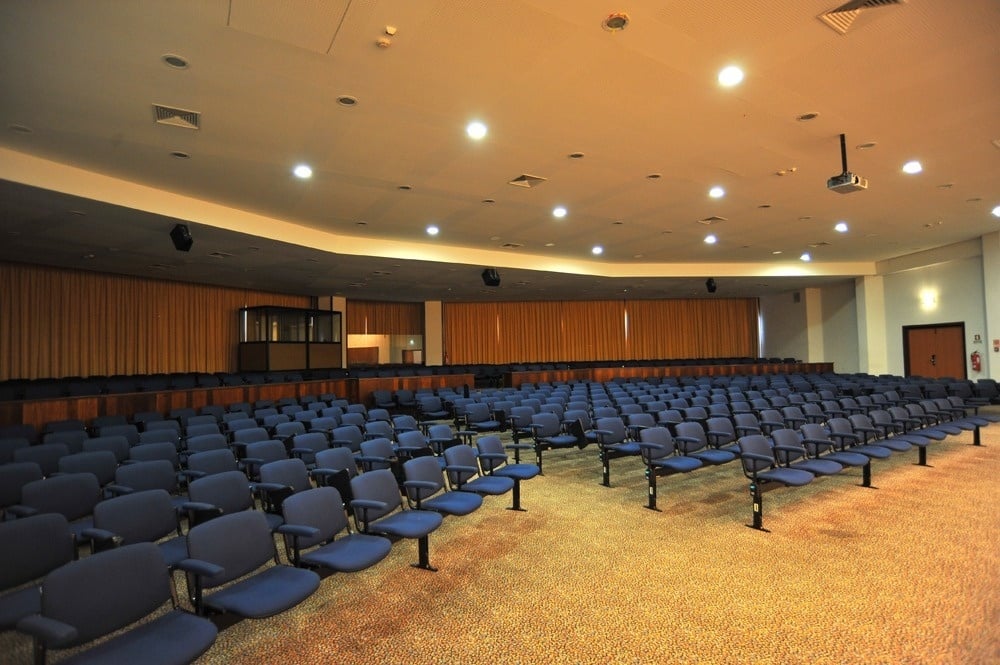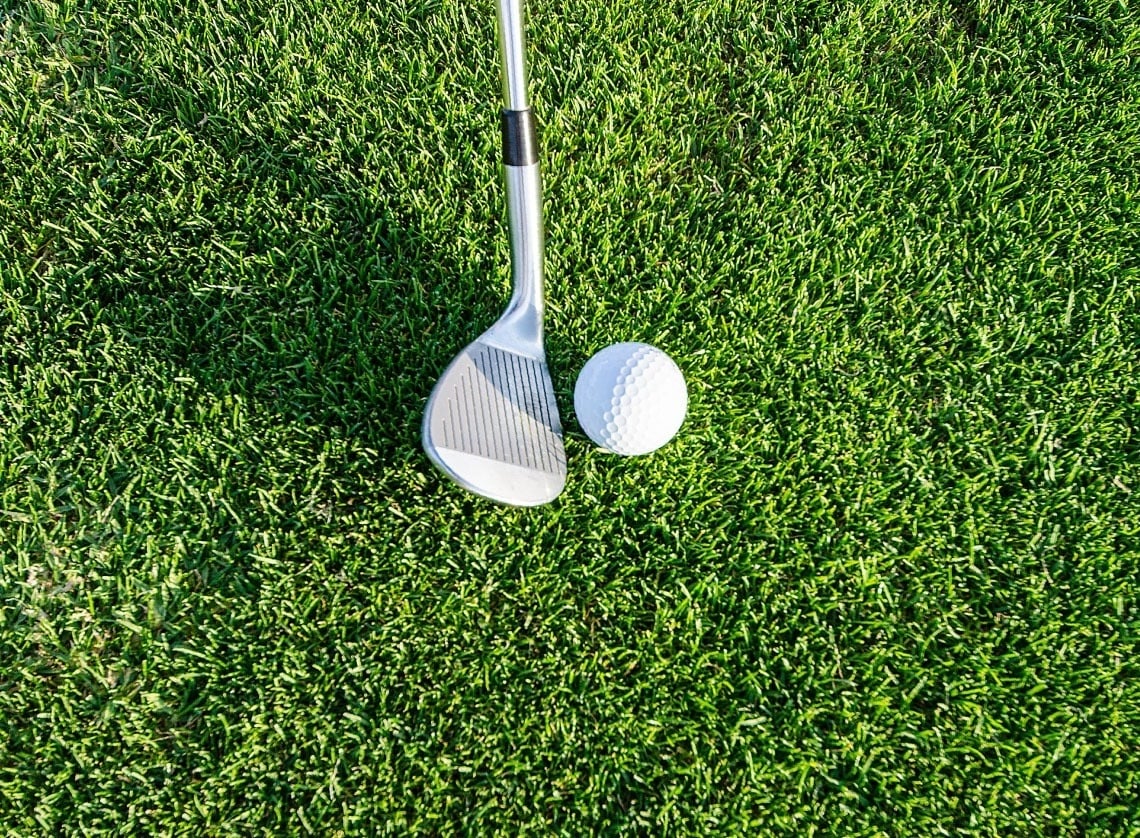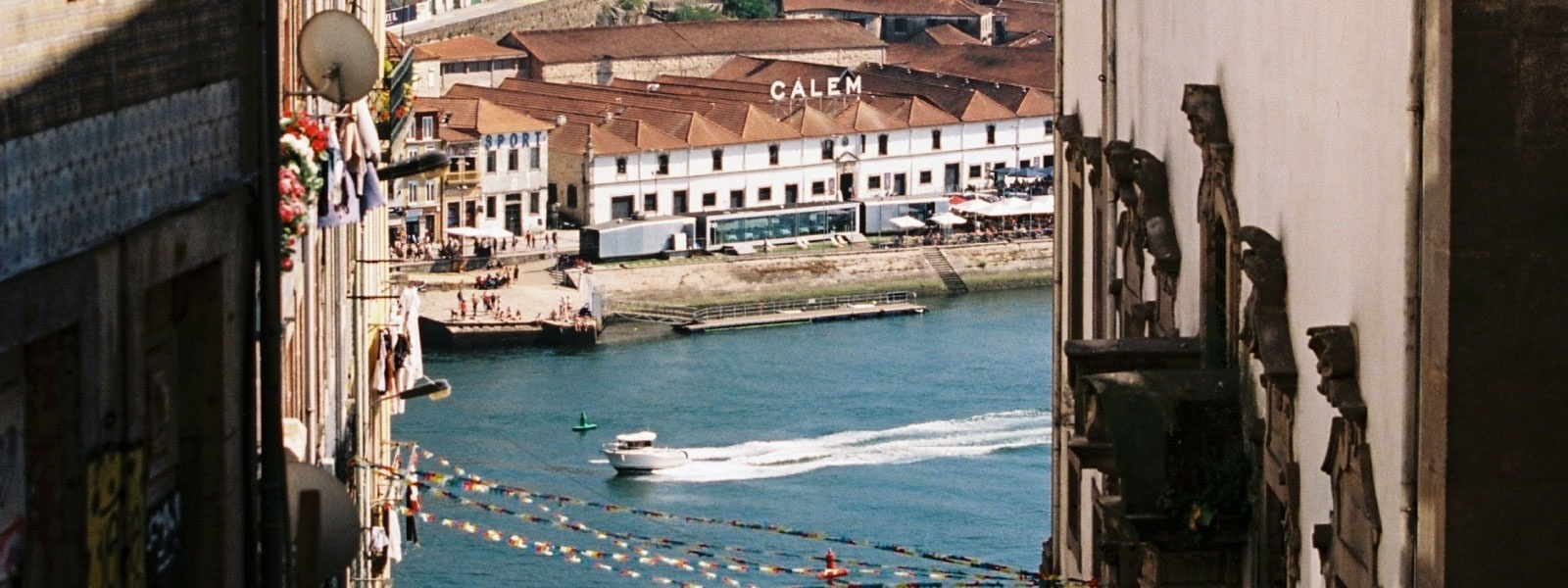Curiosities Axis Porto Club
When visiting the Axis Porto Club, you will find carved plaster panels alluding to the history not only of Futebol Clube do Porto but also of the city throughout the Hotel.
Ester Monteiro, Sculptor, Artist and Portuense, Graduated in Sculpture from the Faculty of Fine Arts of Porto (FBAUP) in 2015, develops her research around the issues of Representation, Form and Body. The theme of the Portrait gains prominence, being closely linked to the beginning of his authorial path. Between Sculpture, Drawing and Installation, he regularly exhibits his work since 2013, with a special focus on Modeling practices.
The works project for the Hotel Axis Porto Club was designed with the aim of portraying the history of the relationship between the Club and the city that gives it its name, Porto. Thus, the works on display at the hotel are the result of the articulation of this relationship and history.
On the staircase that runs throughout the hotel, we can find references to this relationship, as is the case with the excerpt from the poem “Aleluia” by the Porto poet Pedro Homem de Melo, dedicated to the Club in the late 1960s. up between the first and last floor.
The coat of arms of the city of Porto, which occupies the 3rd floor of the stairs, reminds us of the struggles of the Siege of Porto and the history of the City through the symbols of the coat of arms, where later, the crown and the Dragon of the Invicta.
Still on the staircase, we find the map of the city with miniatures of some of the highlighted points of reference of the club, and the diptych referring to the conquest of Vienna in 1987.
This last piece, like the other pieces in the hotel, reception and corridors, are plaques modeled in low relief alluding to the celebrations and achievements of Futebol Clube do Porto.
The corridor plates are organized in sequences of four, which when together make up the initial image (for example: each floor has a photograph of the associated moment, which is divided into the four plates along the corridor of that floor).
The two signs at the reception illustrate the extremes of the photograph that captured the moment of Madjer's goal, in 1987, Vienna.
The works of the project were made in plaster, directly worked by modeling techniques in high and low relief. The white of the plaster thus reveals the subtlety of the shapes that are drawn by the lines, in a classic approach to the theme addressed. The works are accompanied by a QR code that refers to the caption and curiosities of the photographic moment portrayed.
Ester Monteiro, Sculptor, Artist and Portuense, Graduated in Sculpture from the Faculty of Fine Arts of Porto (FBAUP) in 2015, develops her research around the issues of Representation, Form and Body. The theme of the Portrait gains prominence, being closely linked to the beginning of his authorial path. Between Sculpture, Drawing and Installation, he regularly exhibits his work since 2013, with a special focus on Modeling practices.
The works project for the Hotel Axis Porto Club was designed with the aim of portraying the history of the relationship between the Club and the city that gives it its name, Porto. Thus, the works on display at the hotel are the result of the articulation of this relationship and history.
On the staircase that runs throughout the hotel, we can find references to this relationship, as is the case with the excerpt from the poem “Aleluia” by the Porto poet Pedro Homem de Melo, dedicated to the Club in the late 1960s. up between the first and last floor.
The coat of arms of the city of Porto, which occupies the 3rd floor of the stairs, reminds us of the struggles of the Siege of Porto and the history of the City through the symbols of the coat of arms, where later, the crown and the Dragon of the Invicta.
Still on the staircase, we find the map of the city with miniatures of some of the highlighted points of reference of the club, and the diptych referring to the conquest of Vienna in 1987.
This last piece, like the other pieces in the hotel, reception and corridors, are plaques modeled in low relief alluding to the celebrations and achievements of Futebol Clube do Porto.
The corridor plates are organized in sequences of four, which when together make up the initial image (for example: each floor has a photograph of the associated moment, which is divided into the four plates along the corridor of that floor).
The two signs at the reception illustrate the extremes of the photograph that captured the moment of Madjer's goal, in 1987, Vienna.
The works of the project were made in plaster, directly worked by modeling techniques in high and low relief. The white of the plaster thus reveals the subtlety of the shapes that are drawn by the lines, in a classic approach to the theme addressed. The works are accompanied by a QR code that refers to the caption and curiosities of the photographic moment portrayed.
